Pasture Mix (Wheat and Rye)
$18.50 /50 lbs (50 pound bag)
Our Pasture mix is a blend of Wheat and Rye. The addition of Rye provides earlier forage and more forage potential during the colder growing period.
189 in stock
Our Pasture mix is a blend of Wheat and Rye. The addition of Rye provides earlier forage and more forage potential during the colder growing period.
| Planting Time | Planting Depth | Planting Rate |
| Late summer or early fall. | 1-2″ | Drilled 60-120 lb. |
| Weight | 50 lbs |
|---|---|
| Dimensions | 29 × 17 × 7 in |
Be the first to review “Pasture Mix (Wheat and Rye)” Cancel reply
You must be logged in to post a review.
Related products
Europe native legume that is grown as a forage, cover crop, and green manure. It may be annual or biennial. It has a shallow root system.
A major forage crop for the southeastern United States. Common, Kobe, and Korean Lespedeza are annuals. Sericea Lespedeza is perennial.
Cool-season annual vine that is smooth and has a bluish-green waxy appearance. Vines can be up to 9 ft. long, however modern cultivars have shorter vines, about 2 ft. long.
Bob oats are public release of oats and is considered a Red Winter Oat or a Red Rustproof oat compared with oats from the 1865's.
Triticale is a man made plant by crossing Cereal Rye with Wheat. It contains many of the attributes of wheat and rye due to this fact. However, there is no real use for the grain and its use is limited to forage purposes for livestock.
Resistant to lodging, medium-early maturity with fair tolerance to barley yellow dwarf virus. Usage is hay, green chop, and forage.
Radishes are a hardy, very easy-to-grow root vegetable that can be planted multiple times in a growing season.
TAM 114 is a hard red winter variety with excellent drought tolerance and top yield potential combined with a superior disease package.

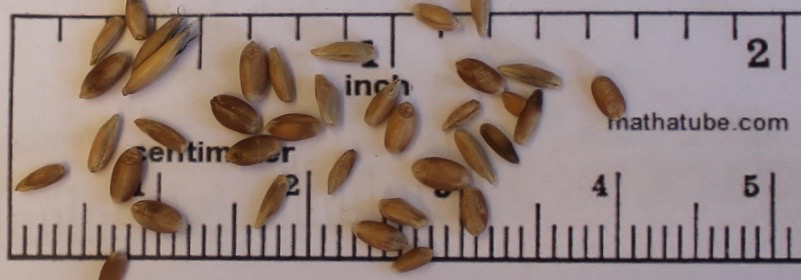
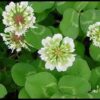
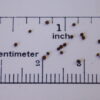
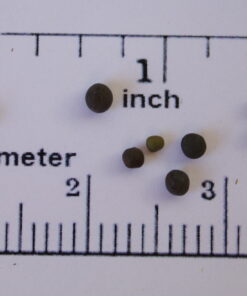
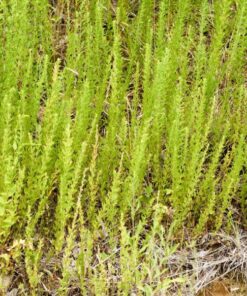


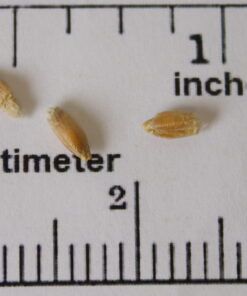
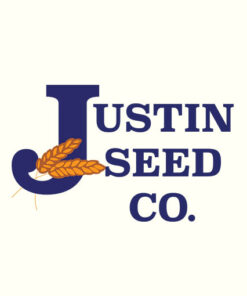


Reviews
There are no reviews yet.